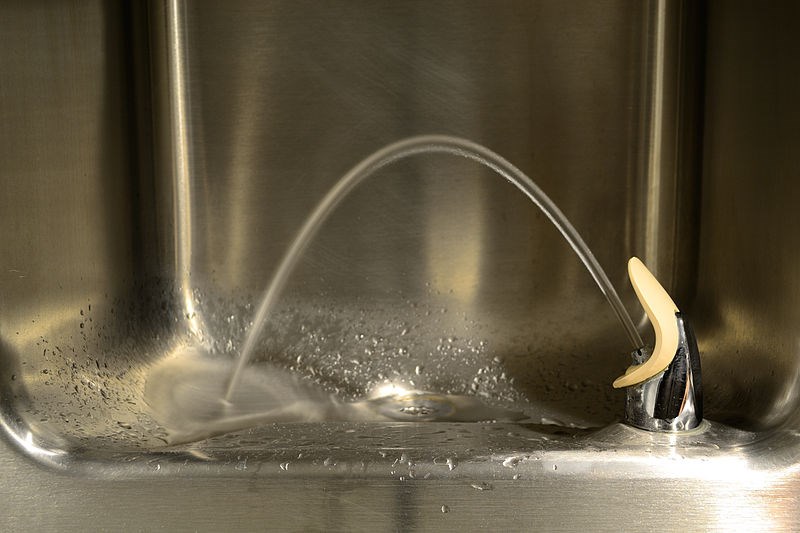A $200,000 measure to install filters to lower lead content in water at Greater Victoria school district facilities has been deemed a success in its first year.
Secretary-treasurer Mark Walsh said steps taken in 2016 have been effective in keeping lead contamination at safe levels.
Health Canada says that being exposed to lead can cause behavioural problems and learning disabilities in children.
“When the initial batch of results came out showing that there was a fair amount of tests that were pretty high, what we did was we immediately went to increase flushing and then we looked for a long-term solution,” Walsh said. “The board allocated $200,000 and we went and installed filtration housing on essentially every potable water source in the school district.”
About 500 filters have been installed as part of the ongoing program, Walsh said.
Replacing pipes and other elements of the water system could be an option down the road, Walsh said, although costs could be prohibitive in some locations.
Follow-up testing since measures were taken has shown good results, he said.
“If any of those results show concern, then we just add the filter right onto the tap and we’re done overnight, essentially.”
One issue that has arisen is some of the lead filters have been clogging with other materials, Walsh said. The solution has been to “pre-filter” by attaching another filter where the municipal water flows into schools, he said.
Walsh said there is not much new in recently publicized statistics that show 2016-17 testing found over half of Greater Victoria district drinking fountains and sinks with concerning lead concentrations.
“This is all the same story from last year,” he said. “We have no new information except for the fact that we’ve remediated everything.”
Walsh said statistics cited for the 47-school Greater Victoria district are more than a year old. Remediation was completed largely in the summer of 2016, he said.
The statistics show 34 of B.C.’s 60 school districts with unacceptable lead levels in drinking water, and has the Greater Victoria and Vernon districts at the top with 51.1 per cent of tests above the limit. The Gulf Islands, the only other school district in the region on the list, is shown with four of 43 tests above the limit, or 9.3 per cent.
The Gulf Islands school district has also taken preventive steps, district superintendent Lisa Halstead said.
“We check on a regular basis,” Halstead said. “Depending on where it is, some of our schools have water filters, some do flushing of the systems and some rank totally fine.”
Being a small district helps, she said. “When you have 11 schools, your maintenance crew are very familiar with what has to happen and what happened most recently.”
Halstead said the presence of lead in water was traced primarily to the leaching of lead from brass alloys that were part of drinking fountains’ control valves. Flushing is taking place in advance of a program being carried out to replace existing fountains with models that have stainless steel or plastic components.
Lead in school water emerged as an issue on February 2016 when levels above national guidelines were detected at four Prince Rupert schools.
B.C. Education Minister Rob Fleming said in a statement that any test results showing elevated levels of lead in school water are concerning. “I have asked the Ministry of Education staff to immediately develop a strategy to accelerate the remediation of affected water sources,” he said.
School districts can work with local health authorities to deal with lead issues, Fleming said.



